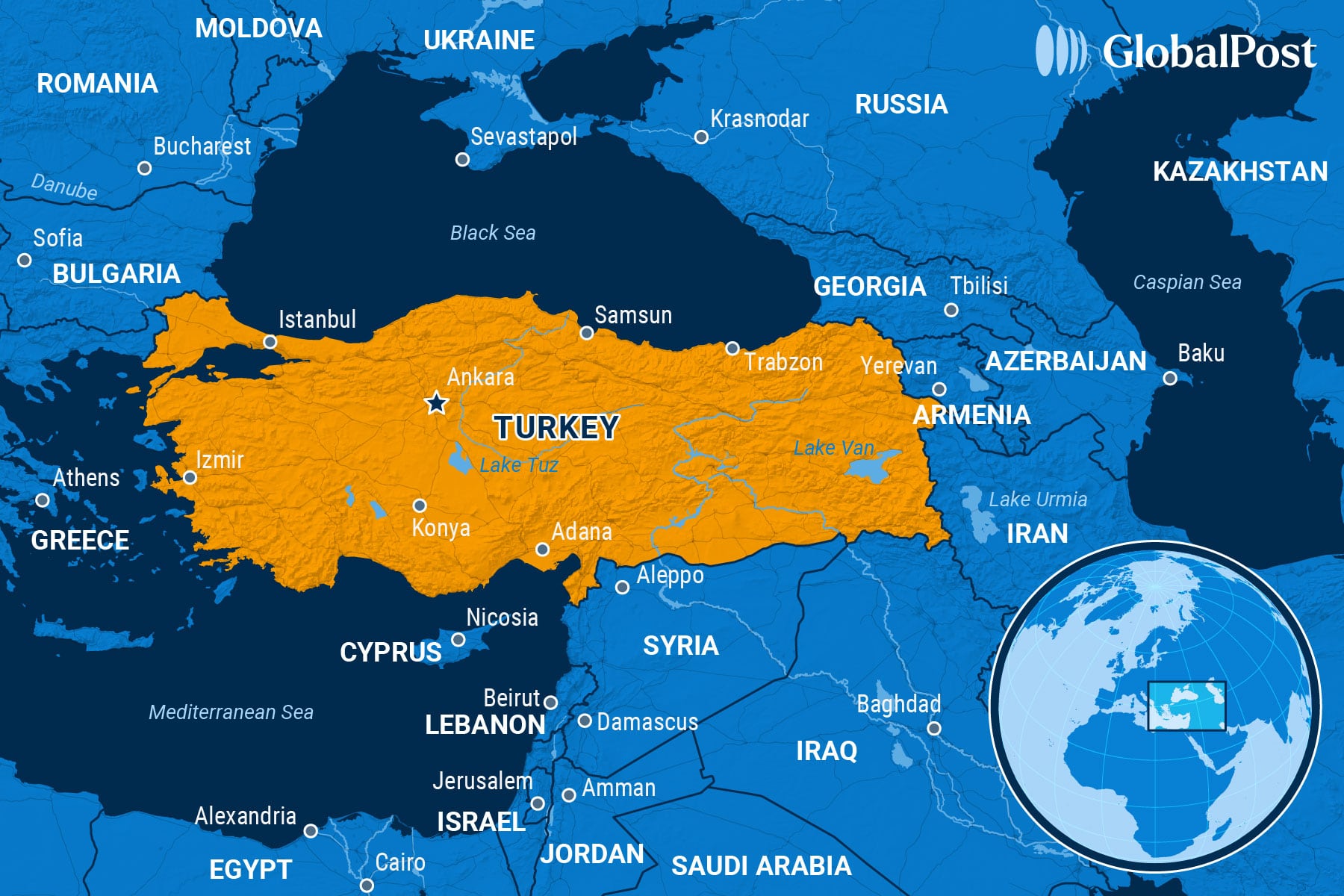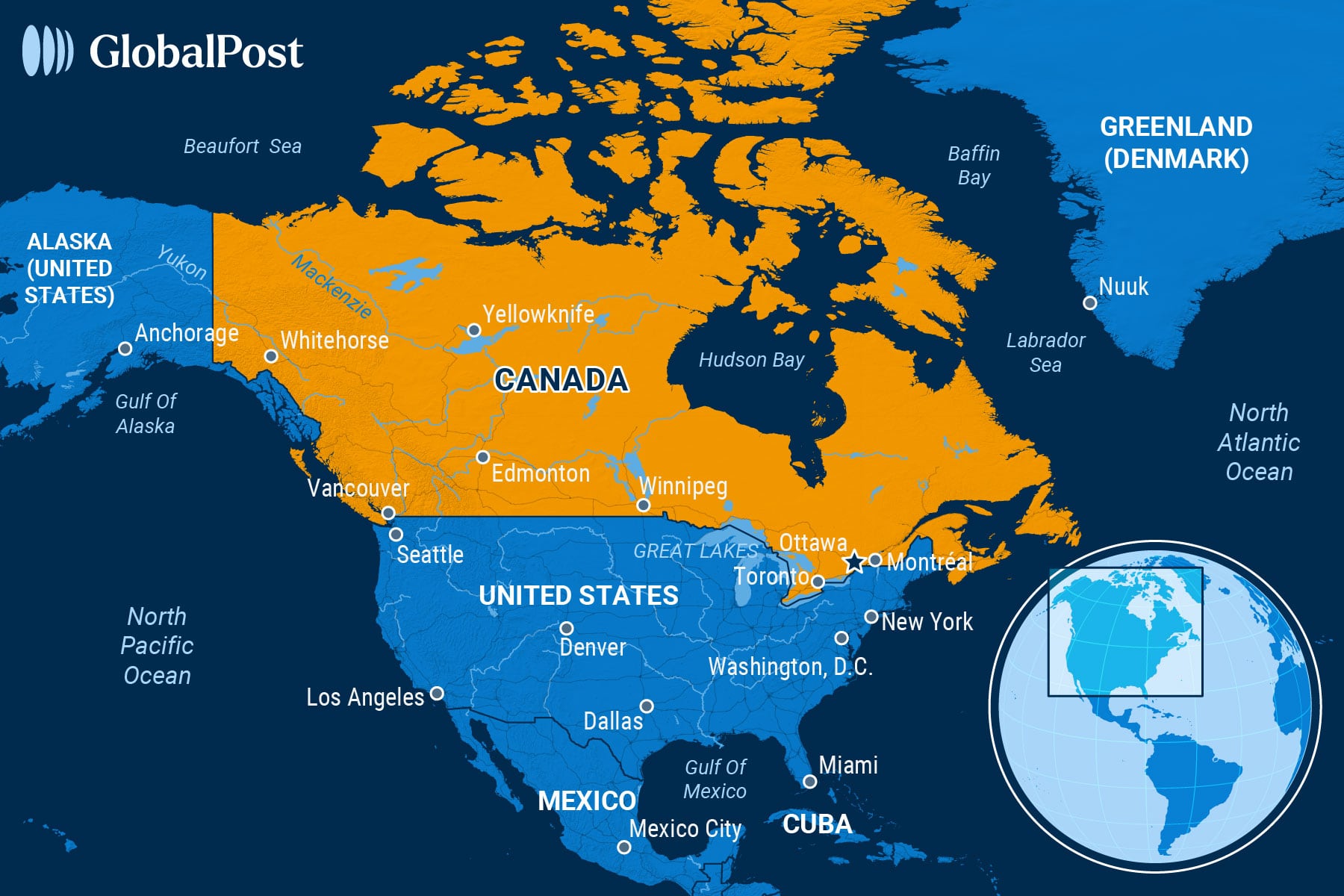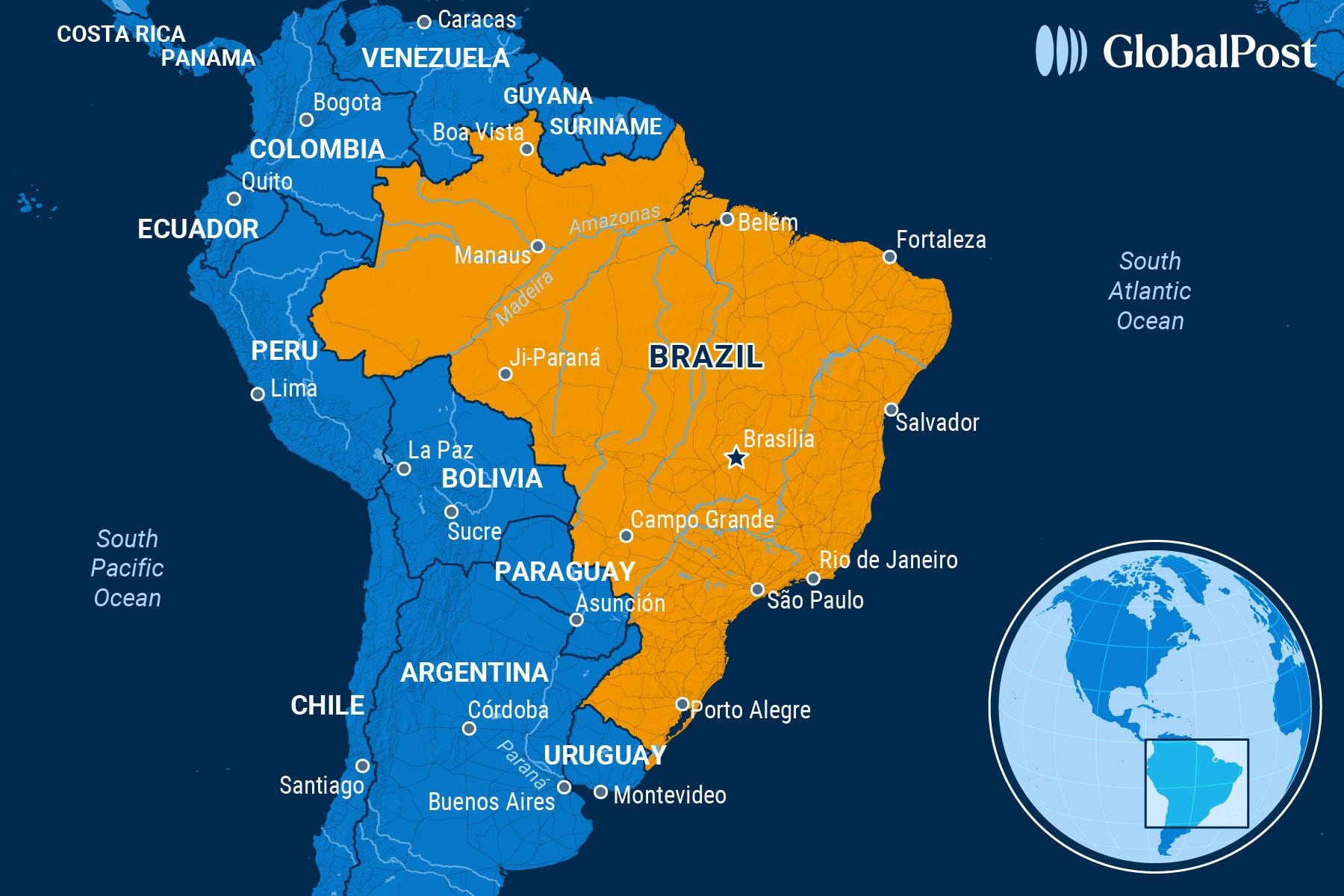Whirling in the Tear Gas: Dervishes, Students and Hope Threaten Turkish Leader
NEED TO KNOW
Whirling in the Tear Gas: Dervishes, Students and Hope Threaten Turkish Leader
TURKEY

The image was striking – a whirling dervish wearing a gas mask, arms spread out through the tear gas in apparent supplication, a wall of helmet-clad riot police behind him.
The photo became such an iconic image of the protests rocking Turkey since mid-March that the photographer, Agence France-Presse journalist Yasin Akgul, received a knock on his door by police in Istanbul soon after it went viral.
Afterward, he became one of more than 2,000 detained last month for allegedly participating in mass demonstrations across the country that have involved hundreds of thousands of protesters angry over the imprisonment of Istanbul Mayor Ekrem İmamoğlu on corruption charges – he is President Recep Tayyip Erdoğan’s top political rival.
“Until now, it had mainly been reporters and opinion writers who were targeted – a photojournalist had never been jailed for doing his job,” he said in an interview with the French newswire. “I see that as a desire to make it impossible to cover current events in images. Other well-known photographers were arrested at the same time as me.”
Akgul was released four days later, but the charges were not dropped. A few weeks later, prosecutors began the hastily arranged trials of those accused of participating in what are deemed “illegal” demonstrations.
To date, about 189 people, including at least seven journalists, and scores of students are to be tried for attending unauthorized demonstrations and failing to obey police orders to disperse, carrying weapons or covering their faces to conceal their identity, and incitement to commit a crime – the latter charge is for posting about the protests on social media, Human Rights Watch wrote. Some of the charges carry prison sentences of up to five years. Evidence is lacking in most of the cases, the organization added, with the trials clearly politically motivated.
Another 819 are currently facing prosecution in the near future.
The crackdown comes as Erdoğan, in power for 22 years, is facing one of the biggest challenges to his government yet, even as analysts say he plans to extend his term in office. If he does, elections will have to be moved up from 2028 as scheduled under Turkish law. The president sees that as a problem: İmamoğlu tops Erdoğan in the polls.
“Turkey is governed by a junta that is afraid of elections, afraid of its opponents and afraid of the nation,” said Özgür Özel, leader of the Republican People’s Party (CHP), the country’s main opposition. He has now been charged with “insulting” the Turkish president because of his statements on the arrest.
The crackdown, the biggest since a years-long purge following an attempted coup in 2016, has taken many forms.
It has included the throttling of the bandwidth on social media platforms and restrictions on social media and messaging apps, including ordering social media platforms to block protest-related content: The Information Technologies Authority has issued hundreds of blocking orders for the social media accounts of journalists, media organizations, civil society organizations, and human rights officials.
On the streets, the mainly peaceful protesters have often faced water cannons, pepper spray, and physical violence.
Meanwhile, Turkish authorities have cracked down on foreign journalists, too. The BBC reported that its correspondent, Mark Lowen, in Istanbul to cover the protests, was detained and later deported because he was deemed a “threat to public order.” Swedish journalist Joakim Medin of Dagens ETC is facing 12 years in prison for “insulting” the president and also for belonging to a terrorist organization after arriving to cover the demonstrations.
In Turkey, 90 percent of local media is under government control, Reporters Without Borders noted. Here, most media outlets don’t feature any coverage of the demonstrations. Instead, they feature stories about police officers handing out candy to motorists, the Economist noted.
Even the organizers of a “shopping boycott” targeting businesses that advertise in state-controlled media or support the president were arrested.
Meanwhile, Erdoğan has painted the protesters as terrorists and vowed to bring the streets back under control. “Those who terrorize our streets and want to turn this country into a place of chaos have nowhere to go,” he said in late March. “The path they have taken is a dead end.”
Steven Cook of the Council on Foreign Relations warned that an even harsher crackdown could be coming.
“If the Turkish president is able to sustain his power through the crisis his unbounded ego created, he will step up repression,” he wrote in Foreign Policy. “Yet he has not been able to intimidate (for now) the last and most important brake on his power: Turks, who despite (or perhaps because of) everything Erdoğan has done to undermine the rule of law, remain committed to this principle. It is possible that Erdoğan went too far when he sought to short-circuit İmamoğlu’s presidential challenge. He may never fully recover from the rage his narcissism has provoked.”
Still, the turmoil is causing some dissent within the ruling party itself, Le Monde reported, with some party members resigning. At the same time, it’s bringing other groups into the protests that usually find little common ground, such as far-right nationalists and the Kurds, the Washington Post added.
Regardless, the protests continue, in spite of the crackdown, as they have for more than a month. Some students say they were initially afraid of arrest, but not anymore. Instead, they see in İmamoğlu hope, a chance for change, and say it is worth it.
“We are no longer afraid to speak out about the things that have become unbearable for us,” one protester at Istanbul University told Le Monde. “The authorities’ systematic repression will no longer stop us.”
Students are also angry at the government because of the current economic situation, which has also cost Erdoğan and his AKP party support in elections over the past few years. Turkey has seen high inflation and unemployment since the pandemic.
As a result, the young say they have no future in their country, especially as it has become highly authoritarian under Erdoğan.
“I think growing up under just one regime makes us a generation looking for change, looking for proof we live in a democracy,” said Yezan Atesyan, a 20-year-old student at the Middle East Technical University (METU) in an interview with Reuters. “The idea of a power that lasts forever scares us.”
“This feels like our last chance,” Atesyan added. “If we don’t succeed, many of us will have to leave Turkey.”
THE WORLD, BRIEFLY
Ruling Liberal Party Makes Stunning Comeback, Wins Canada’s Election
CANADA

Canadian Prime Minister Mark Carney and his Liberal Party won the country’s parliamentary elections, marking a strong political comeback propelled by US threats over tariffs and annexation, even as the party failed to secure a majority, the Associated Press reported Tuesday.
Elections Canada, which tallies the votes, reported that the Liberals were projected to win 169 out of 343 seats in the lower house, falling short of a majority. The opposition Conservatives were projected to secure 144 seats, with their leader, Pierre Poilievre, losing his own seat in Ontario’s Carleton district.
The victory marked a dramatic reversal for the Liberals, who had governed for nearly a decade but saw their popularity collapse last year amid growing frustration over the cost of living and other issues. Early polls ahead of Monday’s election had predicted a Conservative landslide in elections originally scheduled for later this year.
However, the party’s fortunes shifted after former Prime Minister Justin Trudeau resigned in January and Carney – a two-time central banker and political newcomer – took the helm two months later. The Liberals were further bolstered by US President Donald Trump’s decision to impose tariffs on Canadian goods and his inflammatory threat to turn Canada into America’s “51st state,” USA Today wrote.
Trump’s statements sparked a surge of nationalism across Canada, upending years of relative stability between the two neighbors and reshaping the election into a referendum on Canadian sovereignty.
Carney later called a snap election to be held in April after polls showed Liberals surging in popularity as the Conservatives were seen as too weak in their stance on the US, and unable to stand up to Trump.
Analysts added that Poilievre’s Trump-style rhetoric further hurt his standing with voters.
In his victory speech, Carney warned that Trump’s comments are not “idle threats” and called for building stronger ties with Europe, Asia, and other “reliable partners” to reduce Canada’s reliance on the US economy.
“Our old relationship with the United States, a relationship based on steadily increasing integration, is over,” he said.
Global leaders swiftly congratulated Carney, with European Commission President Ursula von der Leyen and British Prime Minister Sir Keir Starmer pledging to deepen Canada-Europe relations.
Meanwhile, Poilievre conceded defeat but vowed to hold Carney’s government accountable.
Despite the win, Carney will face a series of challenges: Without an outright majority, the Liberals will need support from smaller parties like the New Democratic Party and the Greens to pass legislation. Those parties are projected to secure 22 seats and one seat, respectively. He must also address the cost-of-living crisis and negotiate new trade arrangements amid rising tensions with the US.
Observers told the Washington Post that Canada’s election could signal a broader shift against Trump-aligned politicians globally. While right-wing populists gained ground in countries like Austria and France last year, Canada appeared to buck that trend after months of political turbulence, and Australia is expected to do so over the weekend.
No to Pay to Play: EU Court Rules Against Malta’s Sale of Citizenship
MALTA

The European Court of Justice on Tuesday said Malta’s “golden passport” scheme is illegal, effectively striking down the program that allowed people to buy citizenship, according to Politico.
The court ruled that even if each member state can decide how to grant or withdraw nationality on its own, Malta’s program was eroding the principle of mutual trust between member states.
“A member state cannot grant its nationality – and indeed European citizenship – in exchange for predetermined payments or investments, as this essentially amounts to rendering the acquisition of nationality a mere commercial transaction,” said the court.
The European Union (EU) already took action against Malta in 2022 over the program, which grants foreigners a Maltese passport – and, therefore, the right to live and work in the EU – if they are willing to invest about $1.4 million in Malta, wrote Reuters.
According to the scheme, the people were also required to spend – at least in theory – one year in the country, the Guardian noted, even as the newspaper found that some only spent a few weeks. Critics said this program opened the door to money laundering, corruption, and security risks.
Malta insisted it correctly interpreted EU treaties, pointing out that the country suspended the scheme for Russian and Belarusian citizens after the invasion of Ukraine. However, recipients of the program before the ban came into effect included Russian businesspeople.
Now, Malta’s government said it would adhere to the ruling, adding that past recipients of the program would not be impacted. It also noted that this scheme raised hundreds of millions of euros while it was in place.
Malta is not the only country in the European bloc that has such a scheme. Cyprus and Bulgaria halted theirs, with Cyprus revoking some of the passports it had already granted, mostly to Russians.
Meanwhile, US President Donald Trump said he wants to launch a $5 million “gold card” visa to help wealthy foreigners gain US citizenship.
Brazil Orders Seizure of Land Impacted By Environmental Crimes
BRAZIL

A Brazilian Supreme Court justice has ordered the federal government to seize private property when owners are found responsible for illegal deforestation or wildfires, the Associated Press reported.
The judge, Justice Flávio Dino, also urged the federal and state governments to take steps to halt regularization – when illegally-obtained land is legally recognized – as it is a significant contributor to the deforestation of the Amazon, where land-grabbers clear land knowing it will likely become their property due to lax land laws or government amnesties.
Dino also ordered the government to seek compensation from people who illegally and intentionally destroyed land.
This case originated from a petition filed by the Sustainability Network (Rede Sustentabilidade) party, and supported by several environmental organizations, demanding stricter federal and state policies to safeguard the Amazon rainforest and the Pantanal wetlands close to the Bolivian border– both regions have been the victims of serious wildfires, mostly caused by humans, since 2020.
Analysts told the AP this ruling could take effect immediately, as there have been multiple court rulings with convictions for illegal deforestation, especially in the Amazon region. The order, meanwhile, is subject to appeal.
They added that the order could confiscate lands illegally deforested years ago or “regularized” illegally.
DISCOVERIES
An Unknowable Color
The human eye can see roughly 10 million colors, but scientists recently found that there is actually more than the eye can see.
In a new study, researchers at the University of California, Berkeley, manipulated human sight via lasers to discover “olo,” an impossibly saturated blue-green hue that doesn’t exist in nature and can’t be recreated on a screen.
“It was like a profoundly saturated teal … the most saturated natural color was just pale by comparison,” Austin Roorda, a professor of optometry and co-author of the paper, said in a statement.
Roordra and his colleagues explained that human color vision is mainly based on three cone cell types: S, M, and L cones, which pick up blue, green, and red, respectively, when they pick up wavelengths of light.
But to find the new color, the team used a new laser-based technique called “Oz” – named after the Wizard of Oz.
“We chose Oz … because it was like we were going on a journey to the land of Oz to see this brilliant color that we’d never seen before,” said James Carl Fong, another co-author of the study.
The team developed Oz to stimulate individual photoreceptors in the eye using precise microbursts of laser light. They first mapped each subject’s retina, identifying the three types of cone cells – S, M, and L – that process different wavelengths of light.
For their experiment, five participants – including the authors themselves – entered a darkened lab, sat at a table, and had their retinas blasted with lasers.
Researchers mapped each volunteer’s retinal cone layout and stimulated only M cones, producing a color experience the brain had never processed before.
They then tested their breakthrough using jittering and color-matching experiments, which confirmed that olo doesn’t match any known hue.
“When I pinned olo up against other monochromatic light, I really had that ‘wow’ experience,” Roorda noted.
While the findings update our repertoire of colors, scientists explained that the study opens new doors about understanding human vision, too.
Co-author Ren Ng told Scientific American that Oz – while still in its infancy – can help develop innovative display screens that scan retinas and show perfect images and videos.
Beyond novelty, the tool could also aid people with color blindness to experience all the hues of life in the future.
“That’s going to be extremely hard to do, but I don’t think it’s out of the realm of possibility,” Ng said.
